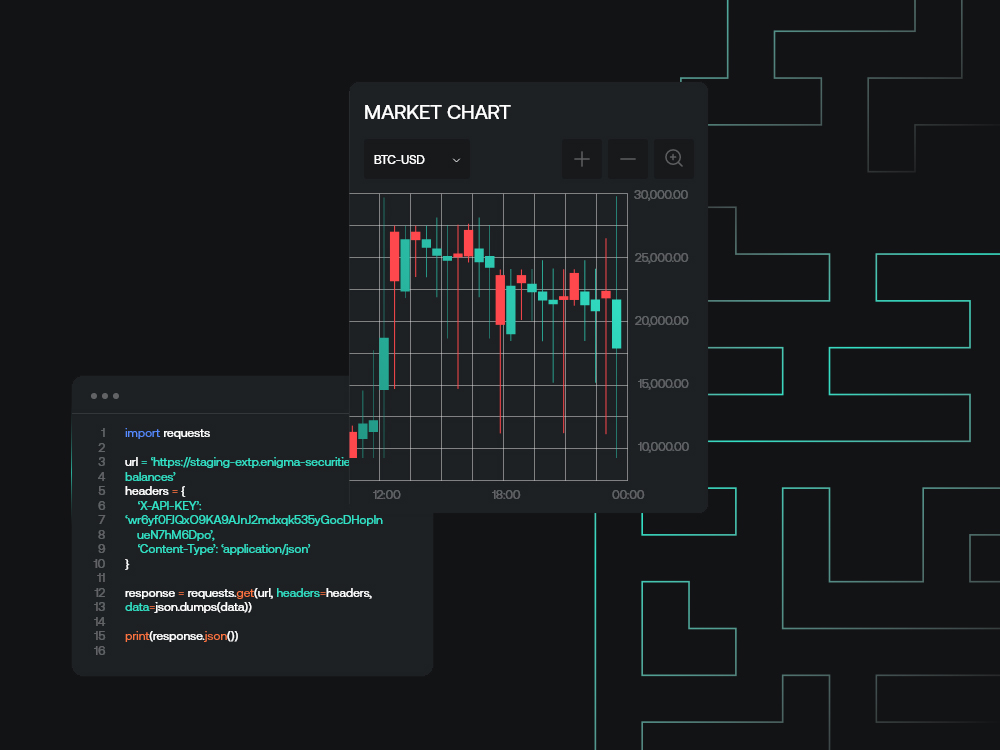-
-
-
OTC Trading & Support
Available 24/7, connect with Enigma’s OTC trading desk for bespoke quotes, human execution, and a personalized trading experience via voice and chat.
-
GUI/Electronic Trading Platform
Access Enigma X and EXTP platforms and benefit from front-to-back digital-asset trading, curated news and insights via dedicated web-based portals.
-
API
Leverage Enigma’s FIX, REST, and Websocket APIs to execute trading strategies, integrate deep liquidity pools, and stream live market data in a low-latency environment.
-
-
-
About us
Enigma has been offering clients best-in-class technology and services as a Digital Assets provider since 2017. Find out more.
-
CareersCurrently hiring
Join a dynamic team dedicated to providing cutting-edge solutions in the fast-evolving world of Digital Assets. Check Enigma’s current job openings.
-
Press
Stay up-to-date with Enigma’s latest developments, press releases, and media coverage.
-


